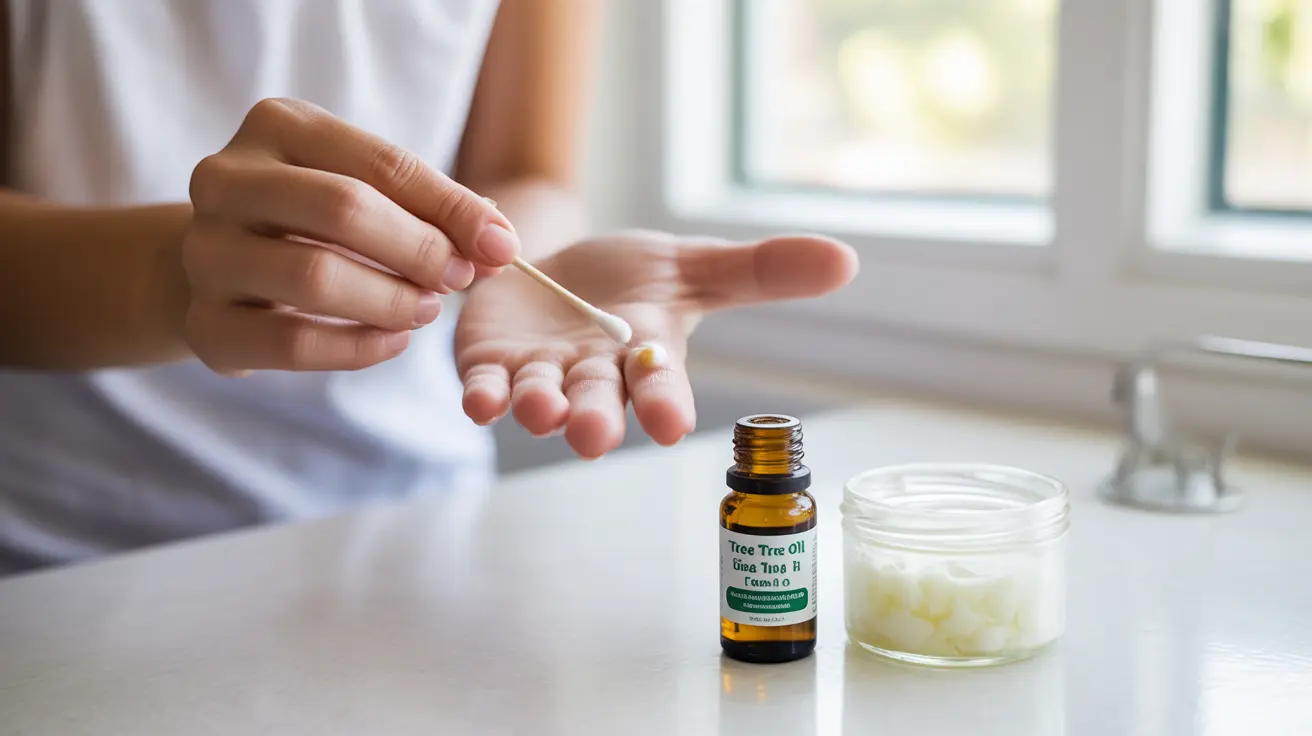For those seeking natural alternatives to conventional wart treatments, essential oils have emerged as a promising option. These concentrated plant extracts offer potential antiviral and immune-boosting properties that may help in treating warts, which are caused by the human papillomavirus (HPV).
Understanding how to use essential oils safely and effectively for wart treatment is crucial for achieving the best results while avoiding potential complications. Let's explore the most effective essential oils and proper application methods for treating warts naturally.
Tea Tree Oil: The Leading Natural Solution
Tea tree oil stands out as one of the most studied essential oils for wart treatment. Its powerful antiviral and antiseptic properties make it particularly effective against the HPV virus that causes warts. Research suggests that tea tree oil's natural compounds can help reduce wart size and potentially eliminate them over time.
Proper Application Method for Tea Tree Oil
When using tea tree oil for warts, proper dilution and application are crucial:
- Mix 1-2 drops of tea tree oil with a carrier oil (such as coconut or jojoba oil)
- Apply the diluted mixture directly to the wart using a cotton swab
- Cover with a bandage and leave overnight
- Repeat this process daily for best results
Other Effective Essential Oils for Wart Treatment
While tea tree oil is popular, several other essential oils have shown promise in treating warts:
Oregano Oil
Known for its powerful antimicrobial properties, oregano oil contains compounds that may help fight viral infections and reduce wart size.
Thyme Oil
This essential oil offers strong antiviral properties and may help boost the immune system's response to HPV.
Eucalyptus Oil
With its antimicrobial and anti-inflammatory properties, eucalyptus oil can support the healing process while fighting infection.
Safety Considerations and Best Practices
When using essential oils for wart treatment, keep these important safety guidelines in mind:
- Always perform a patch test before full application
- Never apply undiluted essential oils directly to the skin
- Avoid using on broken skin or open wounds
- Discontinue use if irritation occurs
- Consult a healthcare provider before starting treatment
Treatment Timeline and Expectations
Results from essential oil treatments can vary significantly among individuals. Consistent application over several weeks is typically necessary to see noticeable improvement. Some people may see results in as little as 4 weeks, while others might need 12 weeks or longer of regular treatment.
Frequently Asked Questions
How effective is tea tree oil for treating warts caused by HPV?
Tea tree oil has shown significant potential in treating HPV-caused warts due to its antiviral and antiseptic properties. While effectiveness varies between individuals, many users report positive results when used consistently over several weeks.
What is the safest way to apply tea tree oil and other essential oils to remove warts?
The safest application method is to dilute the essential oil with a carrier oil (1-2 drops per teaspoon of carrier oil), apply with a clean cotton swab, and cover with a bandage. Always perform a patch test first and never apply undiluted oils directly to the skin.
Which essential oils besides tea tree oil are effective for wart removal?
Oregano oil, thyme oil, and eucalyptus oil have shown promising results in wart treatment. Each offers unique antiviral and antimicrobial properties that may help fight the HPV virus and support healing.
Are there any side effects or risks associated with using essential oils on warts?
Potential side effects include skin irritation, allergic reactions, and chemical burns if oils are used undiluted. It's important to follow proper dilution guidelines and discontinue use if irritation occurs.
How long does it typically take for essential oils to clear warts completely?
Treatment duration varies significantly among individuals. While some may see improvement within 4-6 weeks, others might need 12 weeks or longer of consistent treatment. Success depends on factors like wart size, location, and individual response to treatment.




